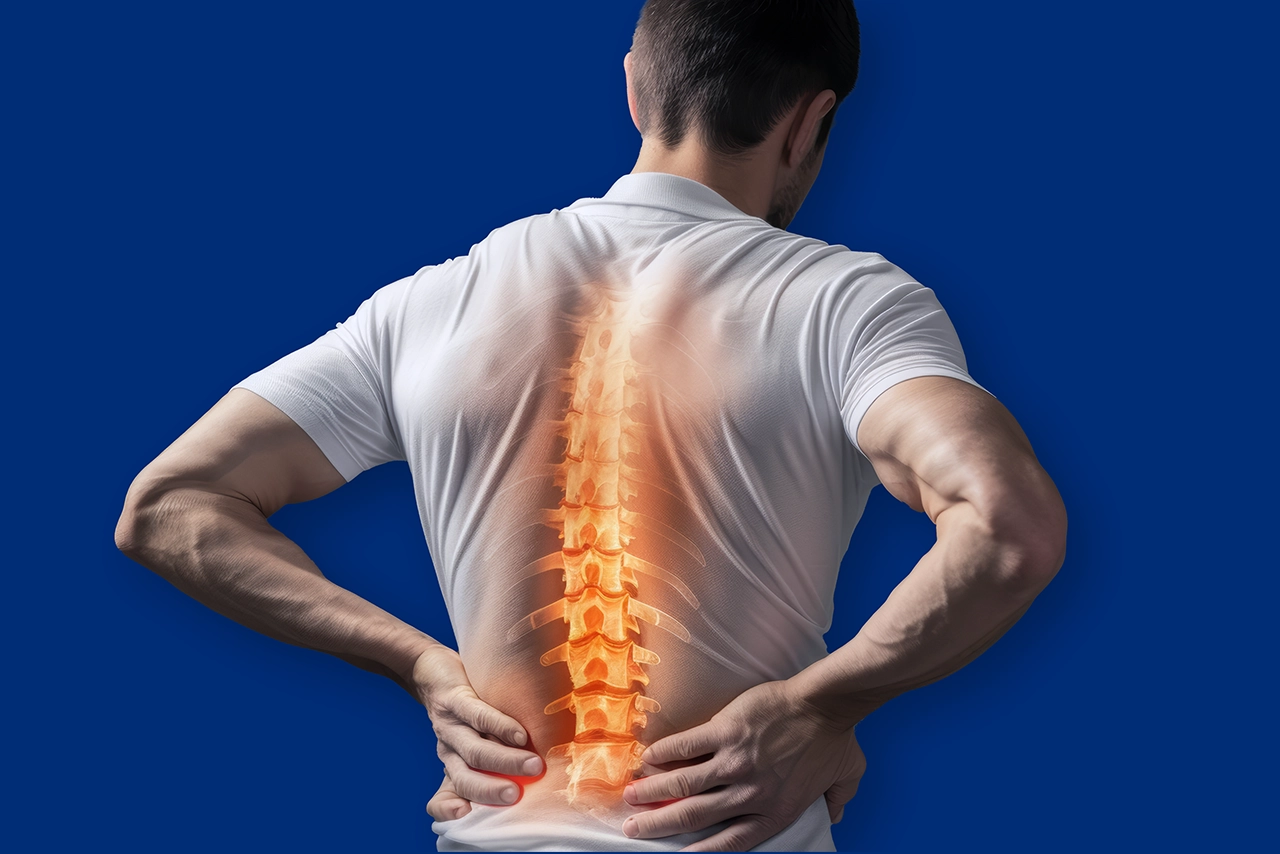To provide services at the highest level, we use cookies. Using the website requires you to choose settings related to their storage on your device. If you want to know what each type of cookie is used for, click the Details button below.
How to deal with a herniated disc?20 lipca 2025 |

A spinal hernia is the displacement of the nucleus pulposus of an intervertebral disc through a weakened annulus fibrosus, leading to compression of spinal nerves or nerve roots. In severe cases, it can cause chronic pain and neurological impairments.
The most common symptom is intense back pain, often radiating. In the lumbar region, it typically radiates to the legs (sciatica), while in the cervical region, it may radiate to the arms and shoulders. Other symptoms include numbness, tingling, muscle weakness, and in severe cases, problems with bladder or bowel control.
Yes, a spinal hernia is a serious condition. It can lead to chronic pain, limited mobility, and permanent nerve damage. In extreme cases, it may cause muscle weakness and loss of bladder or bowel control. Early diagnosis and treatment greatly reduce the risk of complications.
During periods of intense back pain, avoid lifting, sudden movements, twisting, and prolonged sitting or standing in one position. These activities can worsen the condition. Carrying loads on one shoulder or engaging in vigorous physical activity without professional guidance should also be avoided.
If left untreated, a spinal hernia may result in chronic nerve compression, causing lasting muscle weakness, severe movement limitations, and sensory or bladder/bowel dysfunction. In such cases, surgical intervention often becomes necessary.